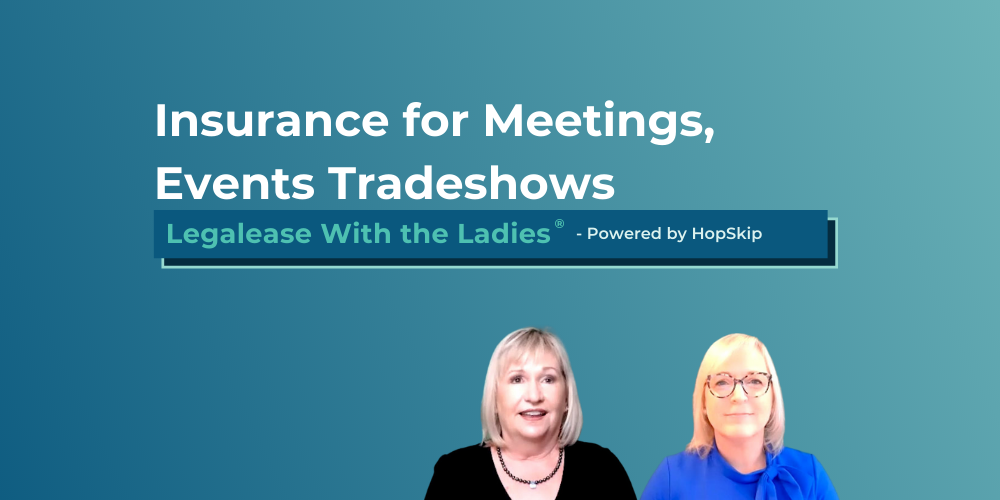What Does Pacific Prime Mean?
What Does Pacific Prime Mean?
Blog Article
The Ultimate Guide To Pacific Prime
Table of ContentsThe 5-Minute Rule for Pacific PrimeNot known Incorrect Statements About Pacific Prime How Pacific Prime can Save You Time, Stress, and Money.The Ultimate Guide To Pacific PrimeEverything about Pacific Prime

This is since the information were collected for a period of solid economic efficiency. Of the estimated 42 million people who were without insurance, almost about 420,000 (about 1 percent) were under 65 years of age, the age at which most Americans end up being qualified for Medicare; 32 million were grownups in between ages 18 and 65, around 19 percent of all grownups in this age; and 10 million were children under 18 years of age, regarding 13.9 percent of all youngsters (Mills, 2000).
These estimates of the number of persons uninsured are produced from the yearly March Supplement to the Current Population Survey (CPS), carried out by the Demographics Bureau. Unless or else kept in mind, national estimates of people without medical insurance and proportions of the population with different type of insurance coverage are based upon the CPS, one of the most widely used resource of price quotes of insurance coverage and uninsurance rates.
The Basic Principles Of Pacific Prime

Still, the CPS is specifically beneficial since it creates annual price quotes reasonably promptly, reporting the previous year's insurance policy coverage approximates each September, and due to the fact that it is the basis for a constant set of estimates for greater than twenty years, allowing for evaluation of patterns in protection over time. For these factors, in addition to the substantial use the CPS in various other research studies of insurance protection that are offered in this record, we count on CPS estimates, with constraints kept in mind.

The estimate of the number of without insurance people expands when a populace's insurance coverage status is tracked for several years. Over a three-year duration starting early in 1993, 72 million individuals, 29 percent of the U.S. https://dzone.com/users/5122954/pacificpr1me.html. population, were without protection for at the very least one month. Within a solitary year (1994 ), 53 million individuals experienced at least a month without insurance coverage (Bennefield, 1998a)
6 out of every ten without insurance adults are themselves employed. Although functioning does improve the likelihood that a person and one's family participants will have insurance, it is not a warranty. Even participants of families with 2 full time wage earners have nearly a one-in-ten possibility of being uninsured (9.1 percent without insurance rate) (Hoffman and Pohl, 2000).
Some Of Pacific Prime
New immigrants represent a substantial proportion of people without wellness insurance. One analysis has associated a significant portion of the recent development in the size of the U.S. without insurance populace to immigrants who arrived in the nation between 1994 and 1998 (Camarota and Edwards, 2000). Recent immigrants (those that pertained to the United States within the previous four years) do have a high rate of being without insurance (46 percent), however they and their children account for just 6 percent of those without insurance nationally (Holahan et al., 2001).
The connection in between health and wellness insurance and accessibility to care is well established, as recorded later on in this phase. Although the partnership between health insurance and health outcomes is neither straight neither simple, a considerable scientific and wellness solutions research study literature web links health and wellness insurance coverage to better access to care, much better quality, and boosted personal and population health and wellness status.
Levels of evaluation for examining the effects of uninsurance. It focuses specifically on those without any health insurance coverage for any type of size of time.
Some Known Details About Pacific Prime
The issues encountered by the underinsured are in some respects comparable to those faced by the without insurance, although they are typically less serious. Wellness insurance policy, nonetheless, is neither essential nor adequate to get access to clinical solutions. The independent and direct effect of wellness insurance view it now policy protection on access to wellness solutions is well developed.
Others will obtain the health and wellness care they require also without medical insurance, by paying for it expense or seeking it from carriers who provide care complimentary or at highly subsidized rates. For still others, health and wellness insurance alone does not make certain invoice of care due to various other nonfinancial barriers, such as a lack of healthcare carriers in their neighborhood, minimal accessibility to transportation, illiteracy, or linguistic and cultural distinctions.
All about Pacific Prime
Formal research regarding without insurance populaces in the USA dates to the late 1920s and very early 1930s when the Board on the Price of Healthcare produced a collection of records about funding doctor workplace brows through and hospital stays. This problem came to be prominent as the varieties of medically indigent climbed throughout the Great Anxiety.
Report this page